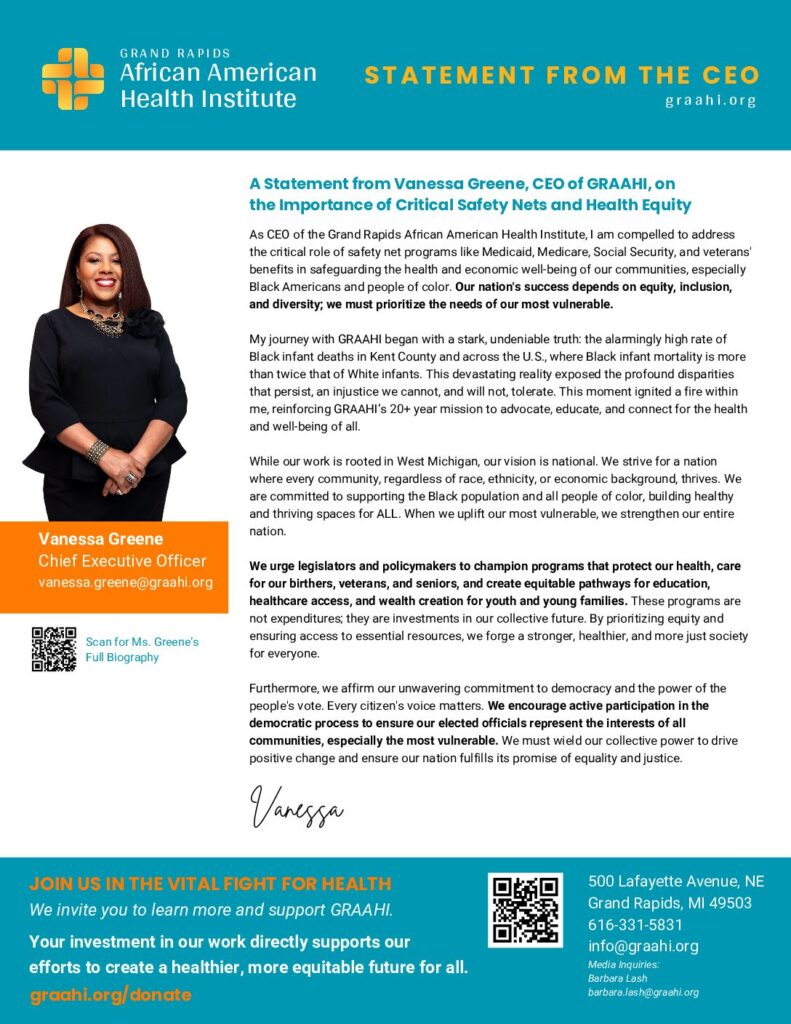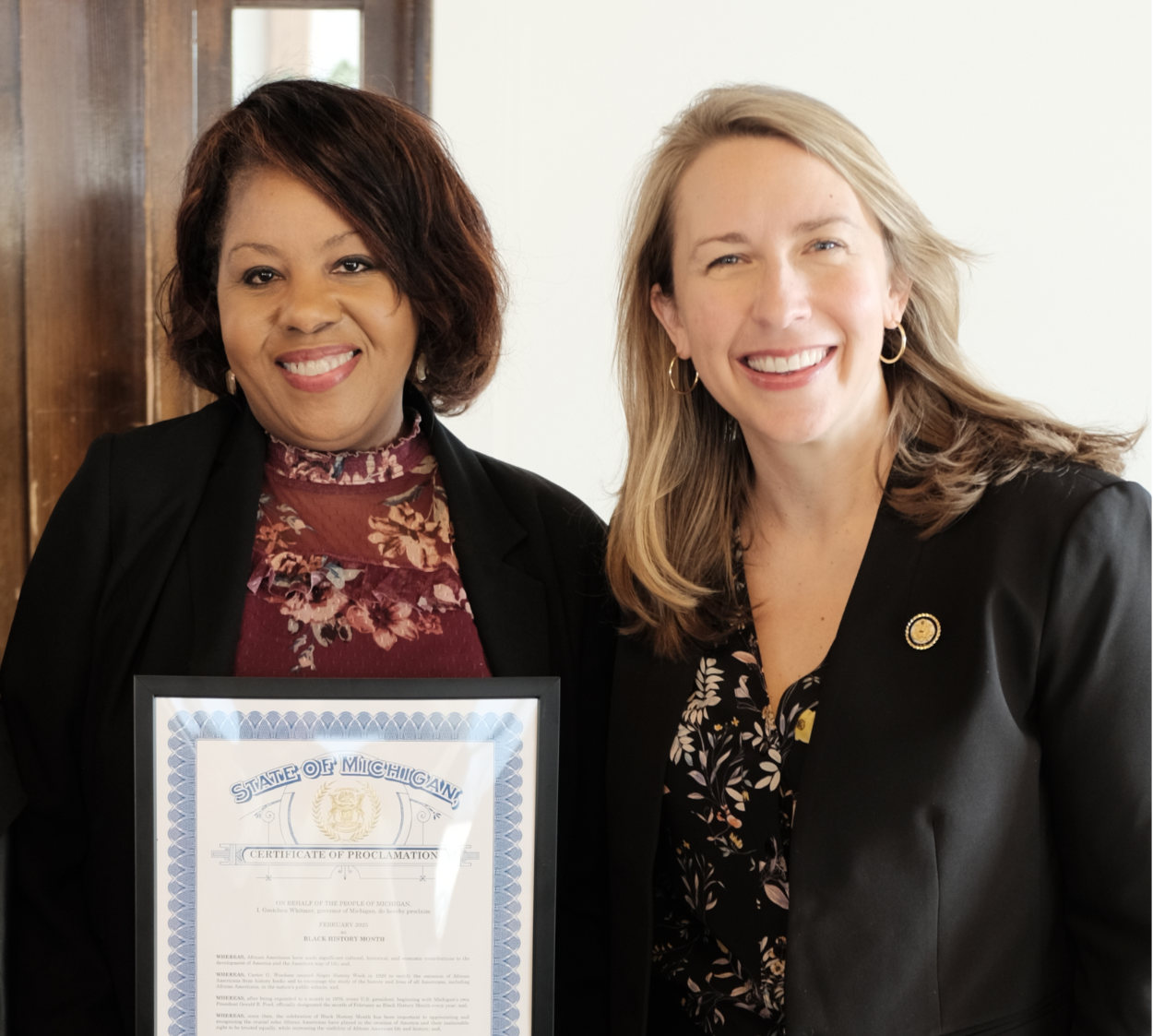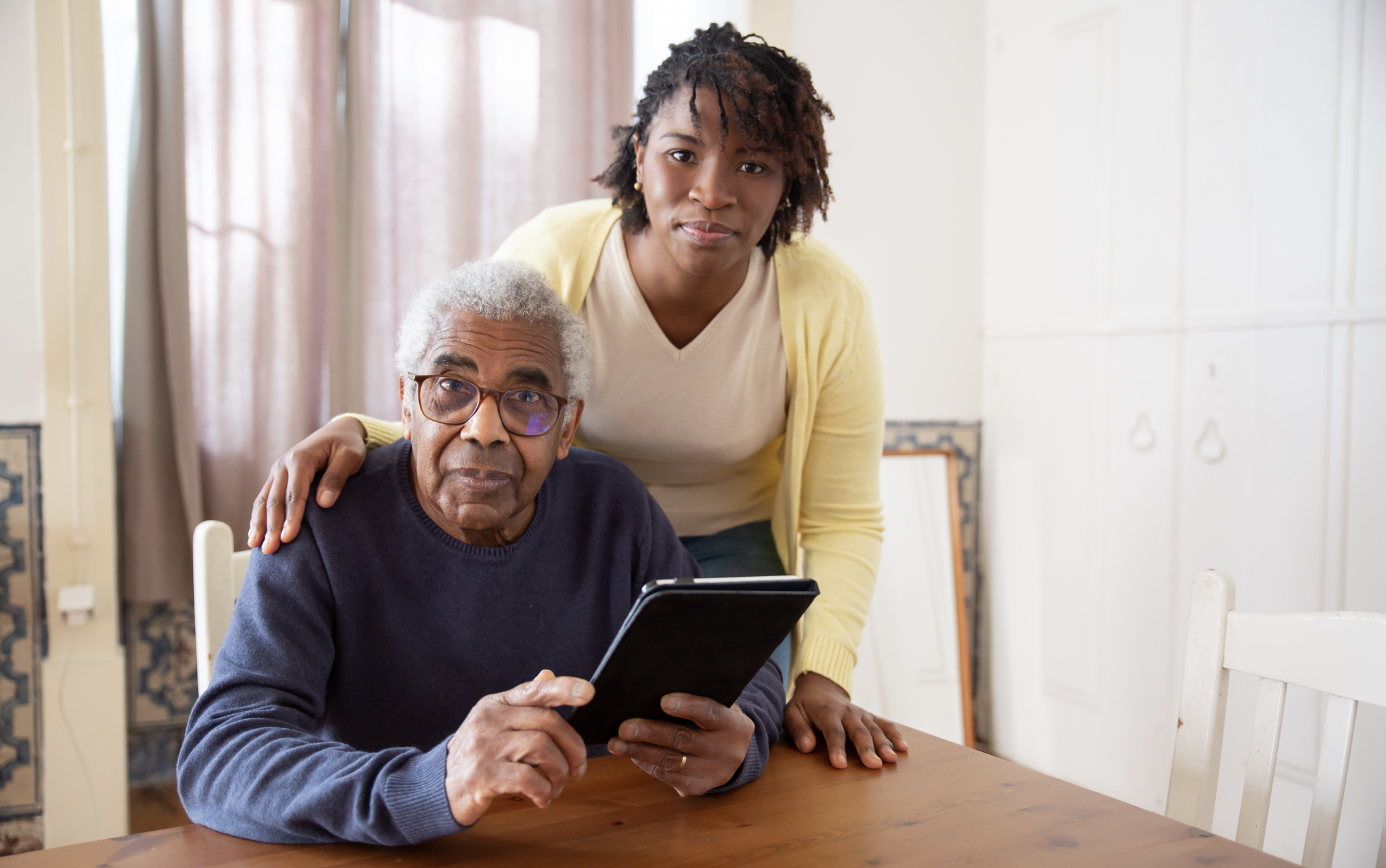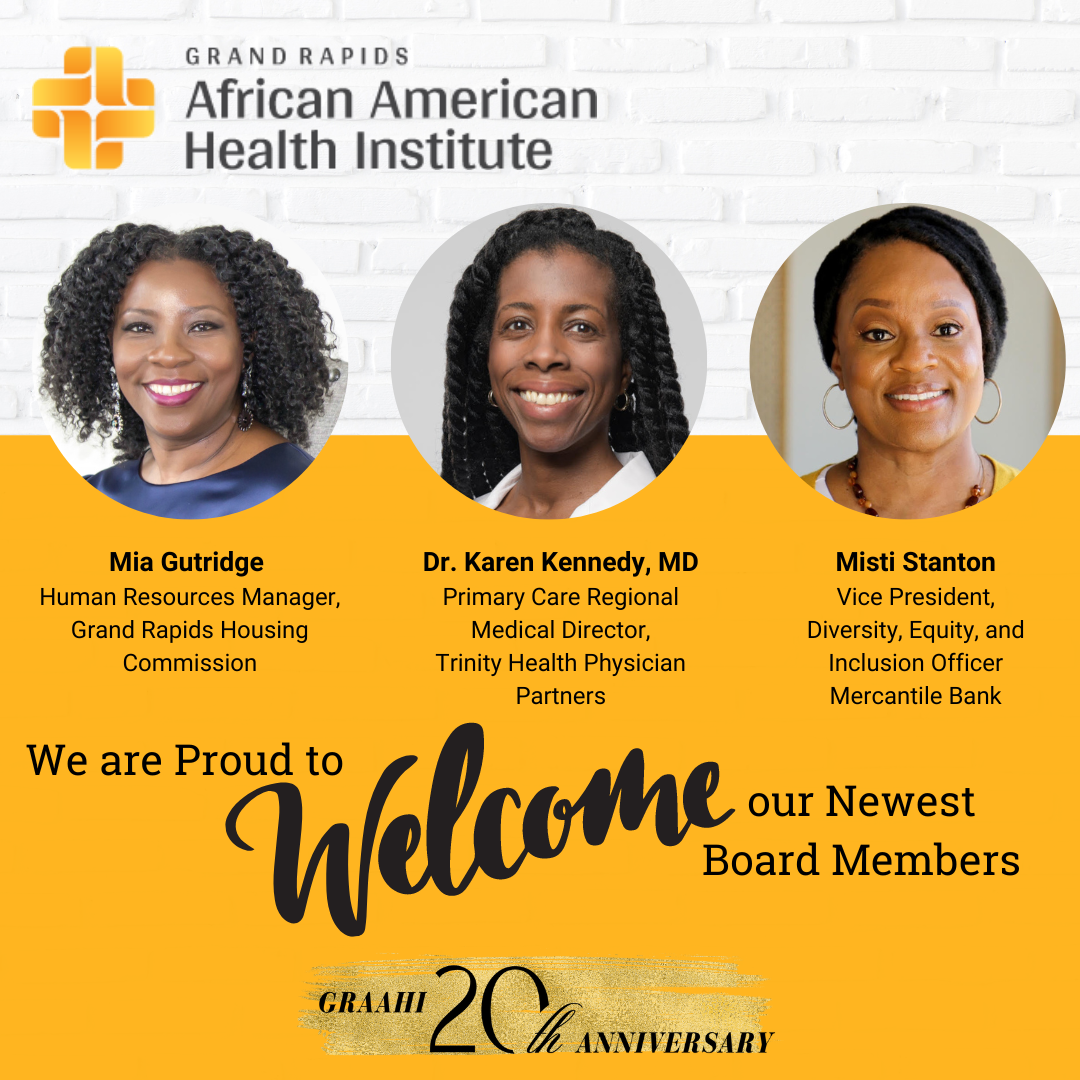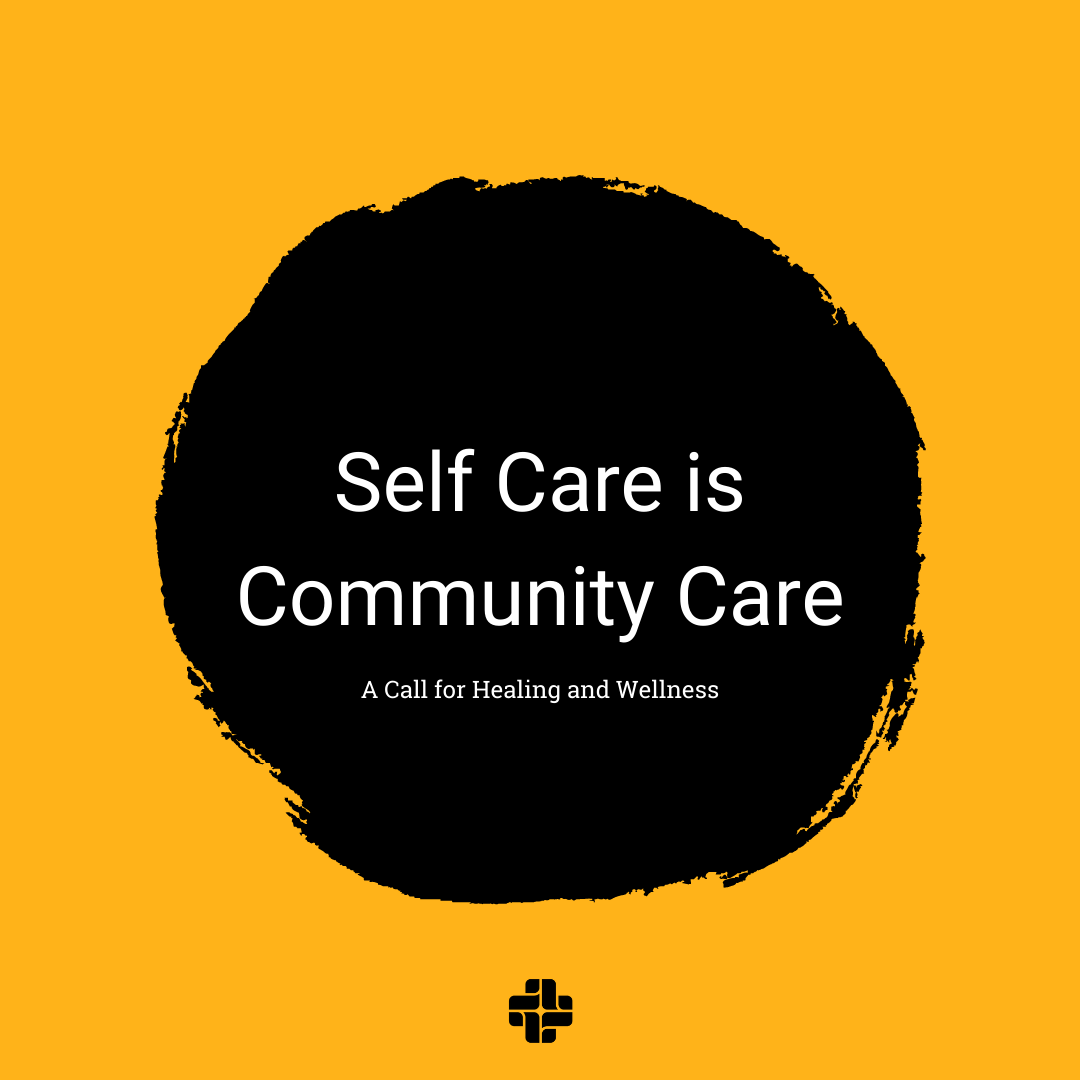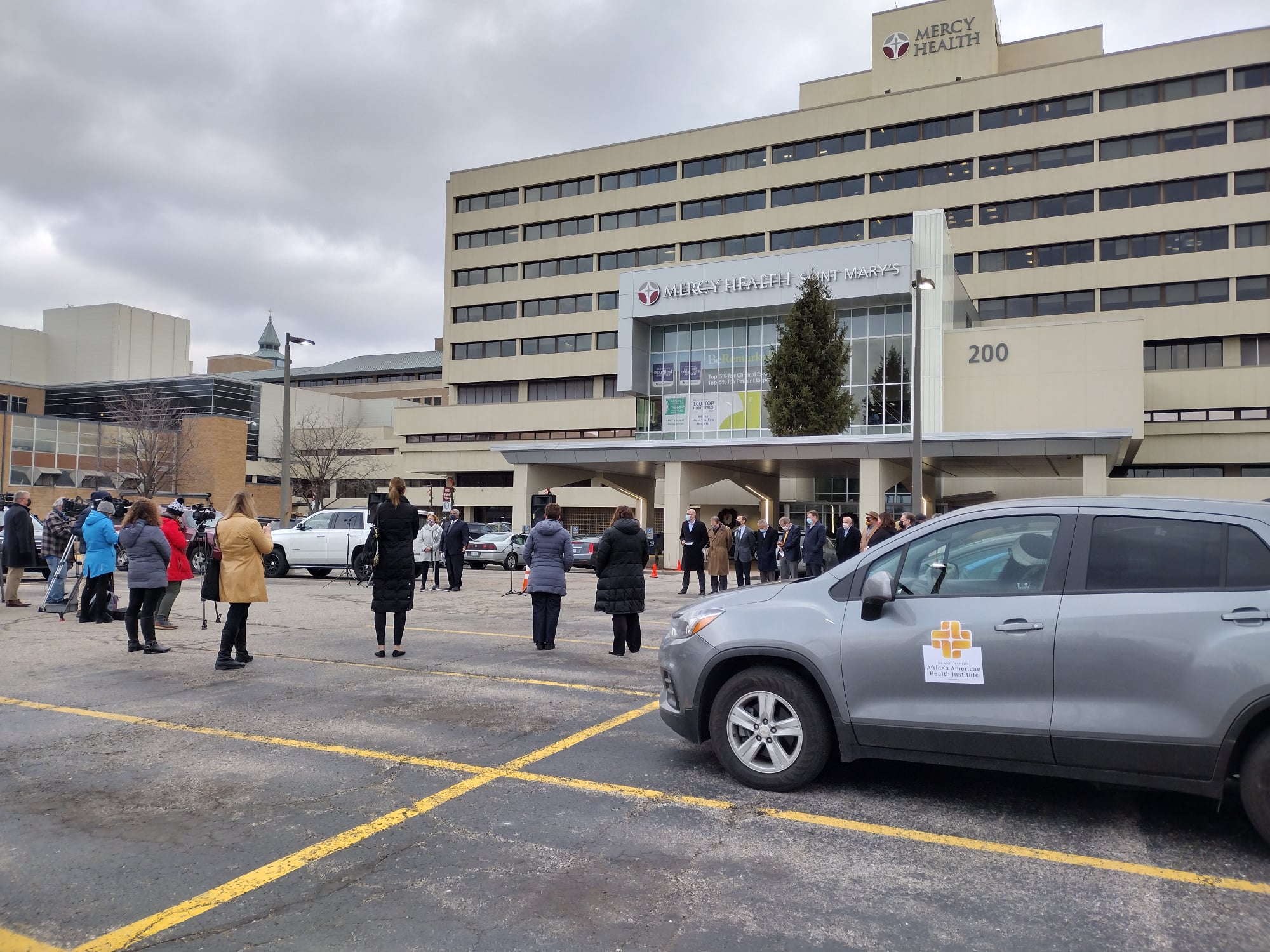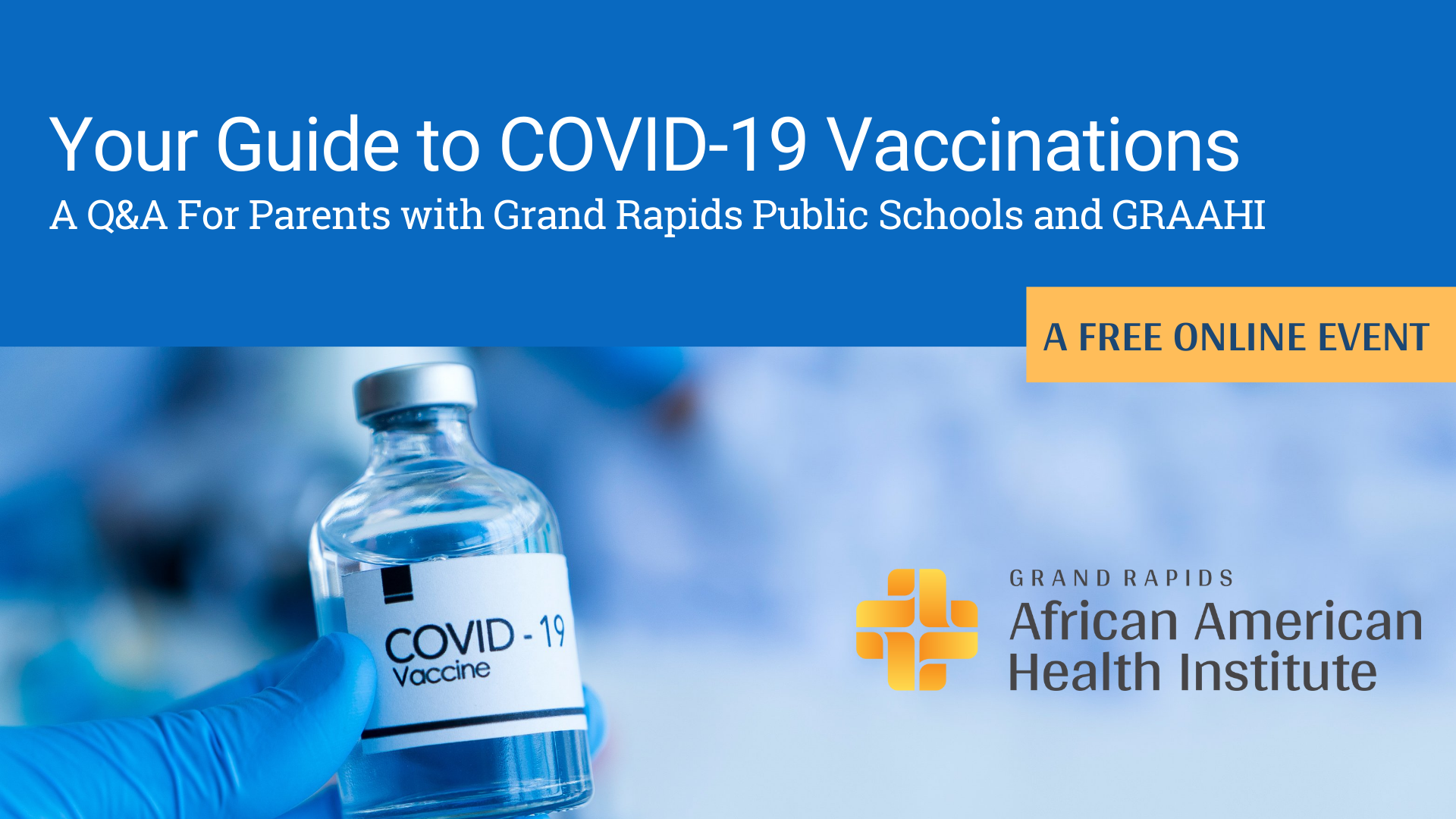Navigating the complexities of Sickle Cell Disease (SCD) extends beyond medical intervention; it involves shaping a lifestyle that empowers those who are affected by it. In the United States, over 100,000 individuals live with SCD, with a significant proportion belonging to the African American community or having African ancestry (Yusuf et al., 2011). These individuals face multifaceted challenges that extend beyond physical health issues to include significant socioeconomic obstacles and pronounced disparities in healthcare access (Hassell, 2010; Brousseau et al., 2010; Power-Hays & McGann, 2020). The situation is particularly profound in Michigan, where approximately 4,000 individuals, representing about 4% of the national SCD population, confront these issues daily (Institute for Health Policy and Innovation, University of Michigan, n.d.). Amidst this scenario, there is a growing recognition of the vital role that tailored exercise regimens can play. These personalized fitness programs are emerging as a key strategy for enhancing the quality of life and health outcomes for those living with SCD. These personalized exercise routines not only maintain physical health but also symbolize defiance against the challenges of the disease, showcasing the resilience and enduring strength of those affected.
Traditionally, individuals with Sickle Cell Disease (SCD) have been advised to approach exercise with caution due to the potential for increased oxygen demand and dehydration, which could trigger sickle cell crises (Connes et al., 2011; Nader et al., 2020; Sundd et al., 2019). However, recent shifts in perspective highlight the advantages of moderate, consistent physical activity in the management of SCD. Such exercise is now recognized for its benefits, including enhanced cardiovascular health, improved endurance, and more efficient oxygen use (Blomqvist et al., 1983). These improvements can significantly reduce the frequency and severity of crises, emphasizing the importance of physical activity as a key component of a comprehensive SCD management strategy. The combination of specific healthcare measures, such as pain management with analgesics, and tailored exercise programs offer a promising approach to improving crisis management and the overall quality of life for those with SCD.
Given that Sickle Cell Disease (SCD) primarily impacts individuals of African descent, it is crucial to recognize that these individuals often possess unique physiological characteristics, such as a higher center of gravity and longer limbs. These differences should be carefully considered when designing exercise regimens for managing SCD. Specifically, the center of gravity is, on average, about three percent higher in Black individuals compared to Caucasians (Bejan et al., 2010). Tailoring exercises to align with the distinct body structures of individuals of African heritage can significantly enhance the safety and effectiveness of these workouts. For instance, exercises that take advantage of longer limbs, like squats and lunges, can be especially beneficial, offering potentially greater benefits tailored to their physique. Additionally, acknowledging the generally higher bone density and lean body mass among Black individuals (Wagner & Heyward, 2000) can guide the selection of activities that maximize health outcomes without exacerbating SCD complications. By customizing exercise programs with these physiological considerations in mind, they not only become culturally sensitive but also physiologically appropriate, vastly improving the potential for enhancing the quality of life for those living with SCD.
A regimen of daily walks, each lasting 30 minutes and performed five times a week is highly recommended for those diagnosed with thalassemia major (Arian et al., 2012), and may also be beneficial for individuals grappling with sickle cell disease. This carefully crafted exercise protocol underscores the remarkable advantages of engaging in simple, cost-effective, and universally accessible physical activities for managing similar blood disorders. Its pivotal contribution lies in its ability to significantly elevate the quality of life for these individuals, attributed to both its straightforward nature and the minimal effort required for adoption. Walking, therefore, stands out as an exemplary approach to enhancing health outcomes, marking its significance as a fundamental practice in the strategic management of SCD and the improvement of patient life quality across related conditions.
An 8-week aerobic exercise regimen, comprising three one-hour sessions weekly, has shown positive effects for patients with Sickle Cell Disease, according to Rossi et al. (2023). Designed to incorporate low to moderate-intensity aerobic exercises, this program is tailored to escalate in both intensity and duration, aligning with each participant’s improving physical capabilities. It starts with a 10-minute segment focusing on movements involving large muscles and flexibility exercises. This is followed by a core phase where participants engage in walking exercises that become progressively more challenging. Initially, the walking exercise lasts for 35 minutes at 60% to 70% of the participant’s maximum heart rate, eventually extending to 50 minutes at a heart rate of 65% to 75%. The session concludes with a relaxation phase lasting 10 to 15 minutes, emphasizing light bodyweight exercises and flexibility. Tailored specifically to adhere to the recommended guidelines for low-intensity activity in Sickle Cell Disease management, this regimen offers customized adjustments to help avoid triggering a crisis. The notable benefits include enhanced cardiac efficiency, increased functional capacity, and improved overall quality of life, without any negative side effects. This underscores the efficacy of mild to moderate physical activities as a safe and effective method for managing SCD symptoms and boosting patient well-being.
In addition to physical exercises, the integration of mental exercises into the care regimen for individuals with Sickle Cell Disease (SCD) is crucial. Progressive Muscle Relaxation (PMR) stands out as an especially effective method. This technique involves 30-minute sessions that have demonstrated significant benefits in managing pain (Kazak & Ozkaraman, 2021). It employs a systematic approach of intentionally tensing and then gradually releasing various muscle groups, one after the other, inducing a profound state of both physical and mental relaxation. The integration of PMR with conventional analgesic treatments significantly enhances pain management efforts, underscoring the effectiveness of this relaxation technique in improving patient well-being. The adoption of such accessible and cost-effective methods into the treatment plan for sickle cell anemia is a critical move towards enhancing the quality of life for those affected, thereby underlining the importance of a holistic approach that caters to both physical and mental health requirements.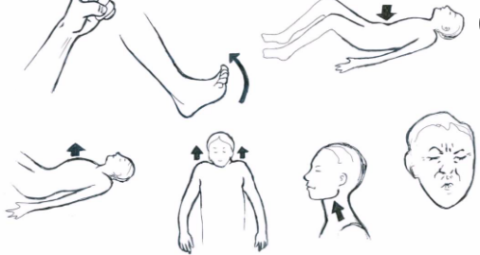
Incorporating the practice of the Benson Relaxation Technique, a simple, stress-reduction method that involves deep breathing, repeating a calming word or phrase, and achieving a relaxed, passive mental state to elicit the body’s relaxation response (Mitchelle, 2013, Psychology Today), decrease anxiety and aggression among Thalassemia Major patients (Salehipour & Ghaljeh, 2021). This technique can therefore offer an insightful parallel to managing Sickle Cell Disease. Sessions, lasting 30-45 minutes conducted at intervals of 2 to 3 days and practiced twice daily bring optimal outcomes. Leveraging this regimen the Benson Relaxation Technique can be a beneficial intervention for men with SCD. Engaging in this routine twice per day fosters deep relaxation, which potentially mitigates psychological stressors such as anxiety and aggression commonly experienced by those grappling with SCD. This approach therefore serves to not only alleviate the direct symptoms associated with SCD but also to enhance the overall quality of life by reducing the need for anxiety and pain medications. Furthermore, the Benson Relaxation Technique’s non-invasive, easy-to-adopt, and inexpensive nature, stands out as an accessible and effective complementary strategy in the holistic management of SCD
Incorporating a broad spectrum of exercise programs into the treatment regimen for men with Sickle Cell Disease (SCD) offers a comprehensive method for confronting both the physical and psychological hurdles posed by the condition. This multifaceted strategy, which includes the integration of tailored, low-intensity aerobic exercises alongside progressive muscle relaxation techniques, ensures accessibility and personalization in managing SCD. Emphasizing the importance of individualized exercise routines, this approach not only addresses specific needs but also prioritizes safety during engagement in these activities, ranging from mild to moderate intensity. Such careful consideration underscores the significance of a balanced and well-considered plan in enhancing the overall well-being of individuals with SCD.

